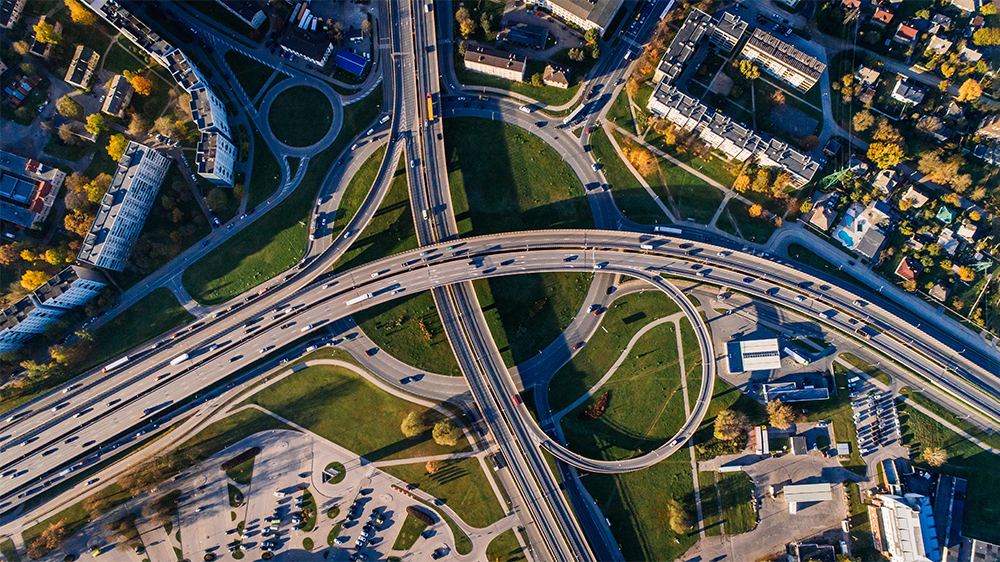Sustainable Supply Chain – AT&S Explains
Welcome to the final blog post about the four strategic fields of action of sustainability at AT&S. From Environment & Resources, Sustainable Innovation and Employees & Society, we now shift our focus to “Sustainable Supply Chain”.
The many aspects AT&S considers and the initiatives we take aim to contribute to the UN’s Sustainable Development Goals 8, 10, 12, 16 and 17. These focus on topics that many of you will recognize from our previous posts about our Corporate Sustainability Strategy, such as sustainability and equality.
Thanks to the work and products we have, we mingle with many other companies and partners, which also means that our economic, social and ecological responsibilities reach far beyond our system boundaries and extends to considering aspects such as responsible sourcing and functioning supply management. Who we work with and how they work is important to us, whether it is how they treat their employees or how they treat the environment – at AT&S, we care.
The further down the supply chain we go and the more subcontractors this involves, the less direct control AT&S has over how the work is conducted. This means that there is a higher risk of compliance violations, human rights abuses, poor working conditions or environmental offences. So, all of our suppliers undergo a strict vetting process to ensure that our standards can be upheld, even when working with others. Throughout this process, AT&S audits the suppliers’ duties in practice and reviews their emergency plan as well as their CSR activities.
AT&S thinks sustainably and long-term, and that extends to our relationships with our suppliers. Alongside the vetting processes and audits, we also monitor the performance of every supplier and review our assessments at regular intervals to ensure that we are all still on the same page. As suppliers are increasingly focusing on social and economical sustainability, which is of major importance to us, we try our best to support them by offering annual supplier training days, whose contents cover training on EHS, dangerous goods and materials management as well as the AT&S Supplier Code of Conduct. Furthermore, we also offer workshops for waste reduction to improve energy efficiency solutions and reduce emissions, so that we can work together to continue to source raw materials and other materials, and work toward a better future.
We rely on strong partnerships our customers and suppliers for this not to be the case and for this to work, clear communication is key. A great example of this, as mentioned in our Annual Report for 2020/21 was the expansion of our location in Chongqing, one of the world’s most modern production sites for substrates. Not long after construction started for our Chongqing III plant, the pandemic hit. This could have meant severe delays and issues due to travel restrictions, quarantine at arrival and logistical restrictions. However, thanks to the strategic relationship with our key suppliers and our efforts at continuously great communication, we managed to ensure that new equipment machinery remained on schedule. Furthermore, safety precautions such as mandatory masks, social distancing regulations and testing possibilities were applied not only to our own employees, but also external partners.
分享文章:




